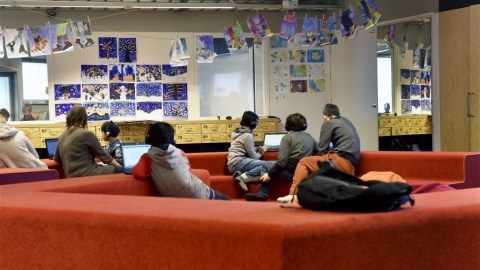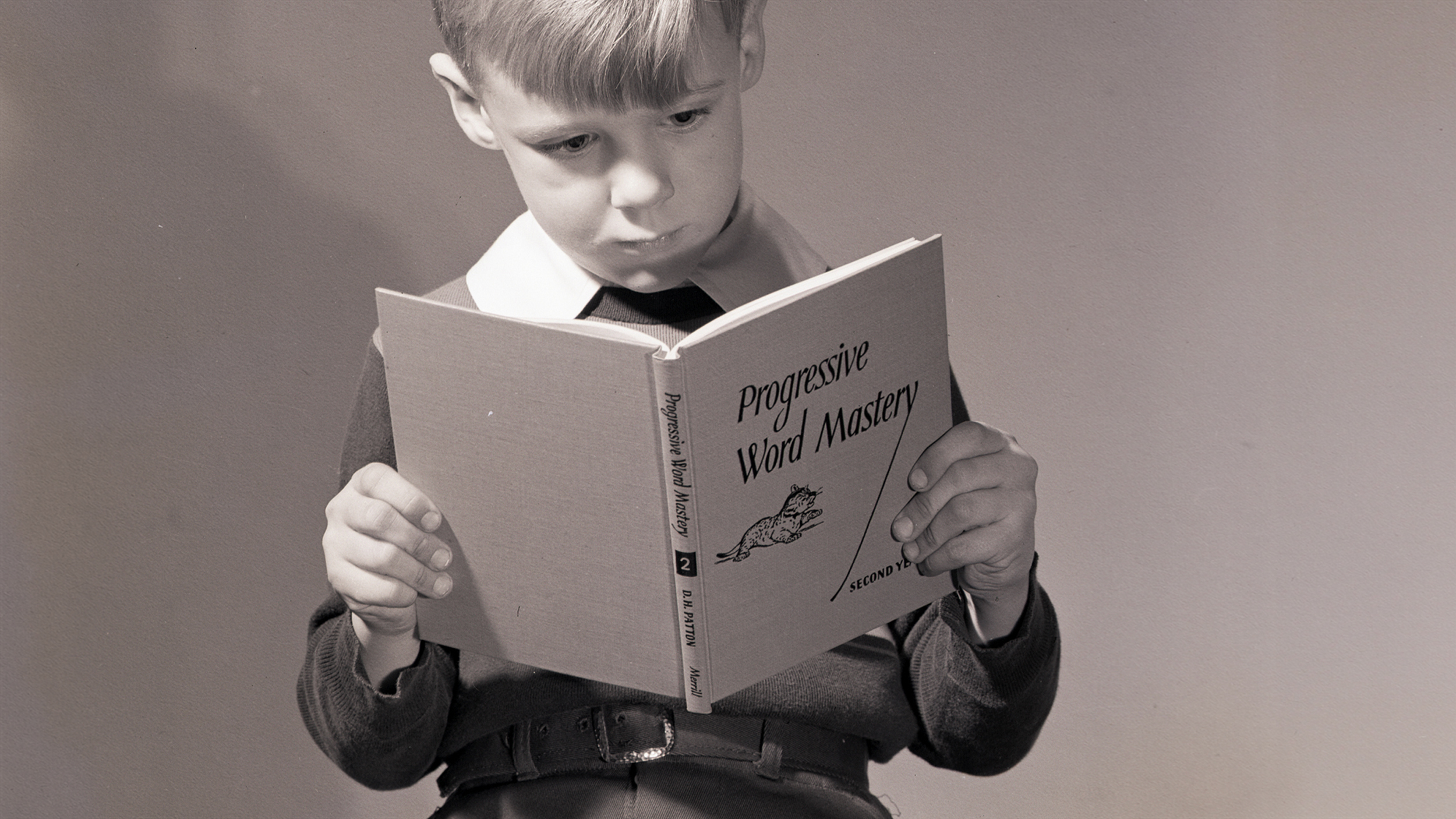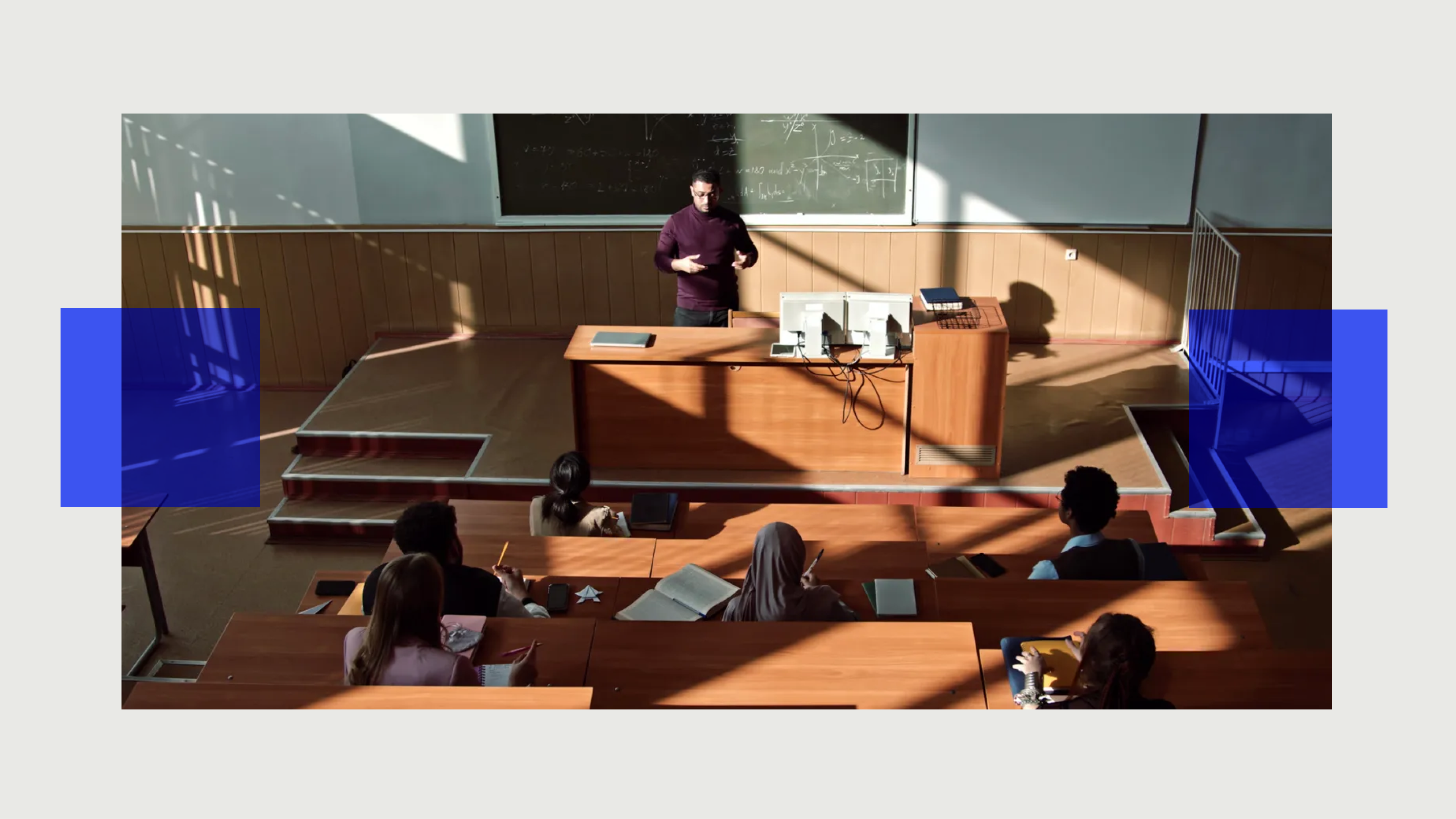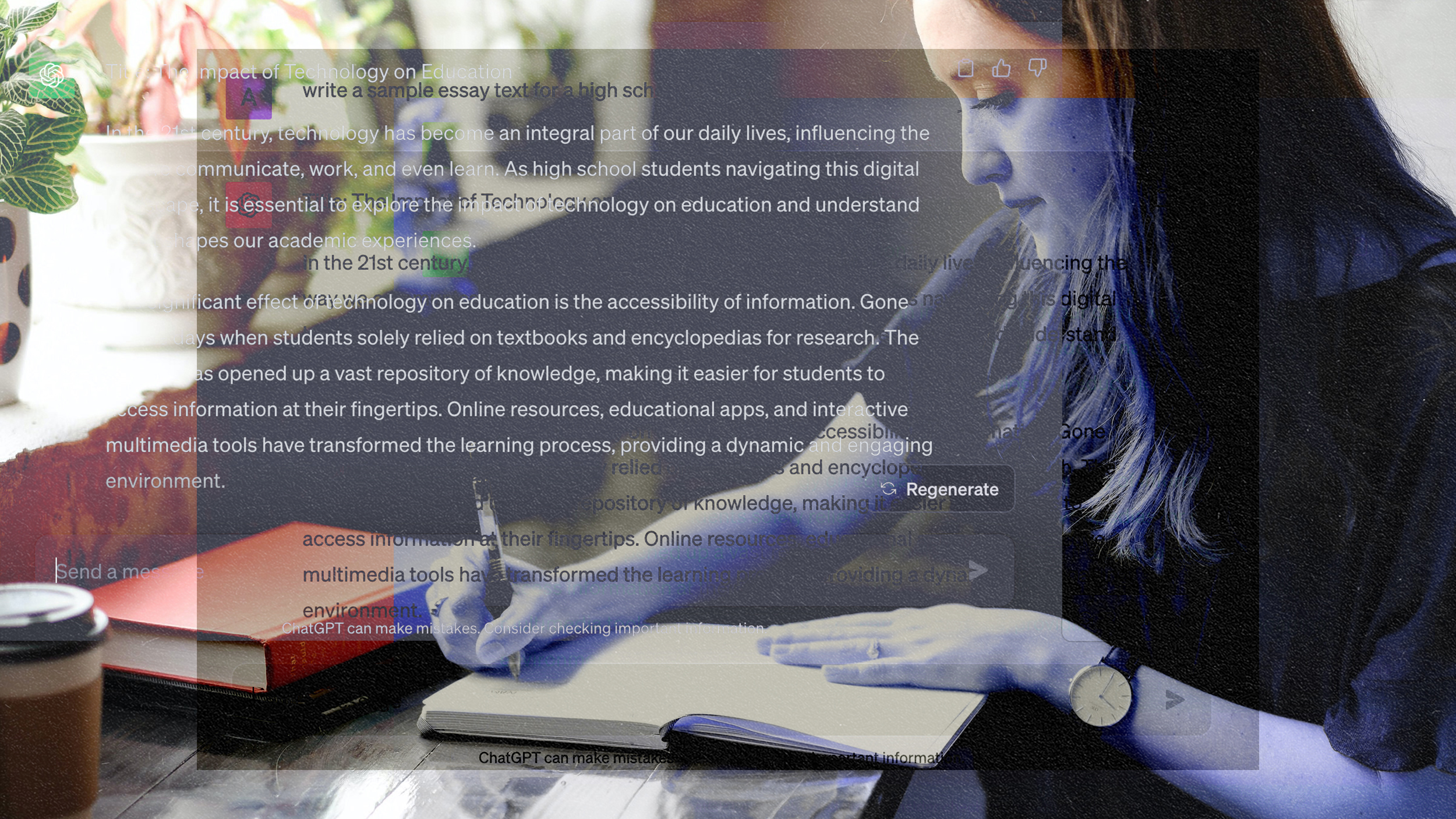How does Finland’s top-ranking education system work?

Photo credit: Emmi Korhonen / AFP/ Getty Images
- Finland has been a top contender on every Program for International Student Assessment survey.
- The country built a comprehensive education structure designed to offer citizens free education with no dead ends.
- The inspiration for Finland’s approach was American education research and philosophers such as John Dewey.
Finland’s education system enjoys a lot of buzz lately. It is considered one of the best education systems in the world. It routinely outperforms the United States in reading, science, and mathematics. And it has been a top performer since the first Program for International Student Assessment (PISA) triennial international survey back in 2000.
But ask someone what’s so great about Finland’s schools, and you’ll typically be supplied with a factoid or three. They have shorter school days. They don’t do standardized tests. They all must be smart because the Finnish language is a nightmare.
While these facts are true — except for that last one — they miss Finland’s well-raked forests for its trees. Finland’s education system works because its entire structure has been around several core principles. First and foremost, equal access to education is a constitutional right. Another important principle is that one should be allowed to choose their educative path, which should never lead to a dead end.
Here’s how Finland’s education system works to meet those principles.

Finland’s early education is designed around concepts of learning through play.
Early childhood education
Imagine you’re a Finnish parent (or you are one, in which case, hyvää päivää). You’ve received state-sponsored maternity leave, a maternity grant, and even a wee-baby care box that doubles as a bed, so you can enjoy those first precious months in one of best countries to raise children. Now, you’re starting to think about your child’s education.
Don’t worry, you have time. Finnish children aren’t required to go to school until age 6, when pre-primary education begins. You are free to spend those early years playing, teaching, and bonding with your little one. If you want to start your child’s education earlier, the Finnish system offers an expansive early childhood education and care (ECEC) program, too.
The program adopts a “learning through play” model to promote “balanced growth,” according to the Finnish National Agency for Education’s website. Although guided by the National Core Curriculum for ECEC, your local municipality handles ECEC services and has broad autonomy, allowing resident administrators to make the calls regarding budget, class size, and educational aims.
There will be a fee, but one that is heavily subsidized. Parents foot roughly 14 percent of the total bill, but the burden placed on individual households is based on income and number of children. The program is evidently popular, as Finland’s enrollment rate for children ages 3 to 5 stands at nearly 80 percent.

Finland education is designed to to support children’s “growth towards humanity and ethically responsible membership of society.” Photo credit : Lucelia Ribeiro on Flickr
Basic education (plus a free meal)
When your child turns 7, it’ll be time for basic education. Finland doesn’t divide its basic education into elementary and junior highs. Instead, it offers single-structure education for nine years, 190 days per year. As with ECEC, policymakers leave plenty of room for local school administrators and teachers to revise and revamp the curriculum to meet the needs of their unique student body.
“The ideology is to steer through information, support and funding,” writes Finnish National Agency for Education (which sets core curricula requirements). Their stated goal for basic education is “to support pupils’ growth toward humanity and ethically responsible membership of society and to provide them with the knowledge and skills needed in life.” This latitude includes what tests to give, how to evaluate student progress and needs, and even the ability to set daily and weekly timetables.
Such autonomy may sound scary to some parents. What if your child spends all day learning phenomenological regressions of the Konami Code? (Though that would be fascinating). Finland’s parents, however, don’t have such concerns as teaching is a highly respected and professional field in Finland.
Most teachers hold a master’s degree, and basic-ed teachers are required to hold them. Eighty percent of basic-ed teachers also participate in continuing professional development. This level of learning and continuous development ensures Finland’s educators are steeped in the science of teaching — ironically, drawing inspiration from the American pedagogy of yesteryear.
“It is understandable that the pragmatic, child-centered educational thinking of John Dewey has been widely accepted among Finnish educators,” Pasi Sahlberg, Finnish educator and scholar, wrote for the Washington Post. “Many Finnish schools have adopted Dewey’s view of education for democracy by enhancing student’s access to decision-making regarding their own lives and studying in school.”
Nor are schools left entirely to their own devices. The Finnish National Agency for Education promotes self-evaluation and improvement for both schools and their teachers. In terms of basic education, it’s true that Finland does not use national standardized tests; however, they do implement national evaluations of learning outcomes.
However, Finland’s evaluations are sample-based, not comprehensive. They are also not tied to school funding nor used to rank schools. Instead, the evaluation looks to assess the school’s qualifications and are then provided to the administrators for developmental purposes.
Oh, did we mention that school meals are free to all children? And that guidance and counseling are built in as part of the curriculum? Because they are.

Finnish students in Helsinki. Photo credit: Ninaras / Wikimedia Commons
Upper-secondary education in Finland
After basic education, your child can choose to continue to upper-secondary education. While not compulsory, 90 percent of students start upper-secondary studies immediately after basic. Because of Finland’s devotion to no dead ends, the other 10 percent can choose to return to their education later at no cost.
Upper secondary is split into two main paths, general and vocational, and both take about three years. General education takes the form of course work, but students have a lot of freedom to decide their study schedules. At the end of general, students take the national matriculation exam, Finland’s only standardized test. Their scores are used as part of their college applications.
Vocational education is more job focused and incorporates apprenticeships as well as school learning. About 40 percent of students start vocational education after basic. This path ends with competence-based qualifications after the student completes an individual study plan.
It’s worth noting that students aren’t locked into these paths. As part of Finland’s devotion to education and decision-making, the two are permeable so students can discover new interests or create a path that threads between the two.

University of Oulu’s Pegasus Library in Linnanmaa. Image source: Wikimedia Commons
Higher education and beyond
With your child exceling in upper secondary, you’re probably worrying that your child’s nest egg may not be sufficient for higher education. Not to worry. Higher education, like basic and upper secondary, is free.
Remember, equal access to education is a constitutional right in Finland. Students are only required to pay for books, transportation, and other school supplies — and student financial aid is readily available.
Finnish colleges are divided into two types: universities and universities of applied sciences. Universities focus on scientific research, while universities of applied sciences emphasize practical applications. Students usually receive a bachelor’s degree in four years of full-time study, comprising studies, electives, and a project. Master’s degrees take five to six years, and as a rule, students are admitted to study for a master’s right away.
If your child chose the vocational path, they can continue their education at a university, typically a university of applied science. But again, Finland’s educational paths are highly adaptable.
It will come as no surprise that Finland supports robust adult education to promote social equity and a competent labor force. Companies can purchase in for staff development, and labor training is provided for the unemployed. While not free, adult education is (and sorry if we’re getting a bit repetitive) highly subsidized with costs dependent on personal circumstances.
How is Finland able to provide such comprehensive, universal education for all citizens? Simple: Everybody is on board. Beyond enshrining the right to education in their constitution, the Finnish people value education and put in the time to build a system that adheres to the best education research (80 percent of which comes from the U.S.; hello irony, my old friend).
If other countries want to follow Finland’s model, they needn’t photocopy its education model; however, they will need the country’s gusto for education’s importance.





